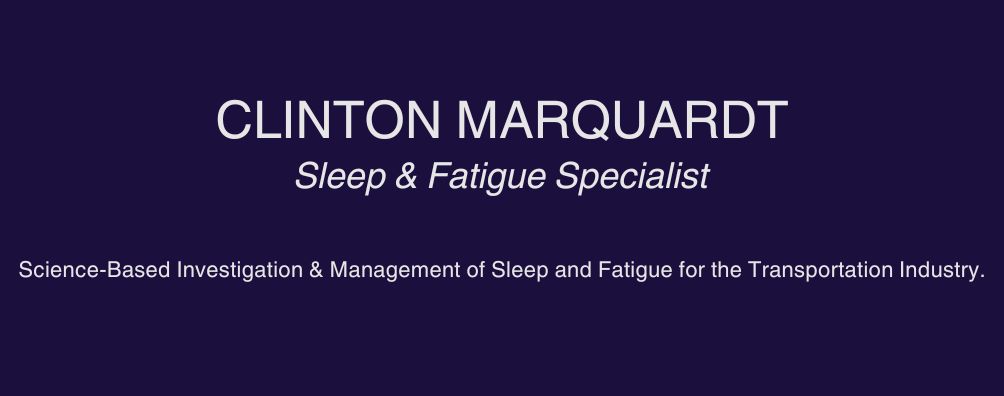
Nightmares are distressful, anxiety provoking dreams often referred to as dream anxiety attacks. It may not be the content of the dream that is actually frightening, it is the experience of the dream as emotionally negative that is distressing. Nightmares usually occur in REM sleep, the so-called dream state, and during the longer periods of REM in the latter half of the night. Clinically, nightmares are considered parasomnias. Nightmares usually end when the fear gets so high it wakes you up or causes a body movement that wakes you up. After waking up, you can usually report a long, distressing dream that becomes more frightening towards the end.
Nightmare frequency is highest, 10-50%, between the ages of 3 and 6 years and might be related to the stressors of growing up like toilet training and learning to deal with aggression and other strong emotions[1]. In kids, the frequency of childhood nightmares usually decreases significantly within weeks or months of initial onset.
When you get a little older, nightmare frequency continues to fluctuate with stress levels throughout adult life, increasing as stress increases. Women either experience more nightmares or they report them more often in an effort to deal with them and the stress. Men, of course, tend to bottle things up and tough their way through a bout of nightmares even though talking about them can reduce their frequency and intensity. Estimates of the women to men experiencing nightmares range from 2:1 to 4:1. The content of adult nightmares usually reflects being pursued or attacked and can be more intense after traumatic experiences. Interestingly, and we are not sure why, nightmares from real life trauma may occur during stage two sleep rather than REM.
The fear and stress of experiencing a nightmare usually only shows up physiologically as an elevated heart rate [2] with higher rates of eye movements (known as REM density) and occasional rapid breathing (tachypnea). If you were in a sleep clinic and your brainwaves were being recorded, the polysomnogram would show a long REM period at least 10 minutes in duration and a rapid awakening directly from REM sleep right in the middle of the nightmare. This is why it is so easy to recall your nightmares and with the higher recall, it can really mess up your day if you focus on the nightmare rather than try to forget it.
Nightmares can also occur as a result of:
- Physical illness accompanied by high fever [1]
- Withdrawal from REM suppressing medications such as tricyclic antidepressants and acute alcohol withdrawal, due in part to the REM rebound [2]
- Mental illnesses such as personality disorders and schizophrenia [3]
- The use of L-Dopa (and related medications) and beta-adrenergic blockers [4].
According to the clinical diagnostic criteria [4], nightmares occurring less than once per week are considered mild, providing the person is not displaying any negative aspects of psycho-social functioning. Moderate nightmare frequency is more than once per week, but less than nightly. A person experiencing moderate nightmares may display impaired psycho-social functioning. Severe nightmares occur nightly and may cause moderate or severe impairment of psycho-social functioning. Acute nightmares continue for one month or less, subacute for one to six months and chronic continue for more than six months. Although these frequency criteria are generally agreed upon, nightmare distress is much more important. If nightmares are having an effect on your daytime functioning or they are too unpleasant to bear, forget the Freudian analysis and talk to a behavioural sleep medicine practitioner, their treatments are faster and more effective [5, 6].
Footnotes & References
[1] Anch, A., Browman, C., Mitler, M., & Walsh, J. (1988). Sleep: A Scientific Perspective. New Jersey: Prentice Hall.
[2] Hartmann, E. (1984). The Nightmare. New York: Basic Books.
[3] Kales, A., Soldatos, C., Caldwell, A., Charney, D., Kales, J., Markel, D., & Cadieux, R. (1980). Nightmares: Clinical characteristics and personality patterns. American Journal of Psychiatry, 137, 1197-1201.
[4] ICSD (1990). International Classification of Sleep Disorders: Diagnostic and Coding Manual.
[5] Aaron Arkin is a very skilled and effective behavioural sleep medicine practitioner providing virtual services internationally. Contact him for help at: http://evolutionsleep.com.
[6] Behavioral sleep specialists utilize evidenced-based therapies that often combine behavioral approaches with cognitive techniques. Sometimes device-based treatments such as bright light boxes are utilized in behavioral sleep medicine treatments. Most approaches in Behavioral Sleep Medicine do not involve medications, but some interventions may be used in conjunction with medications or to help patients better tolerate medical therapies such as continuous positive airway pressure therapies for sleep apnea. For more information visit: https://www.behavioralsleep.org


